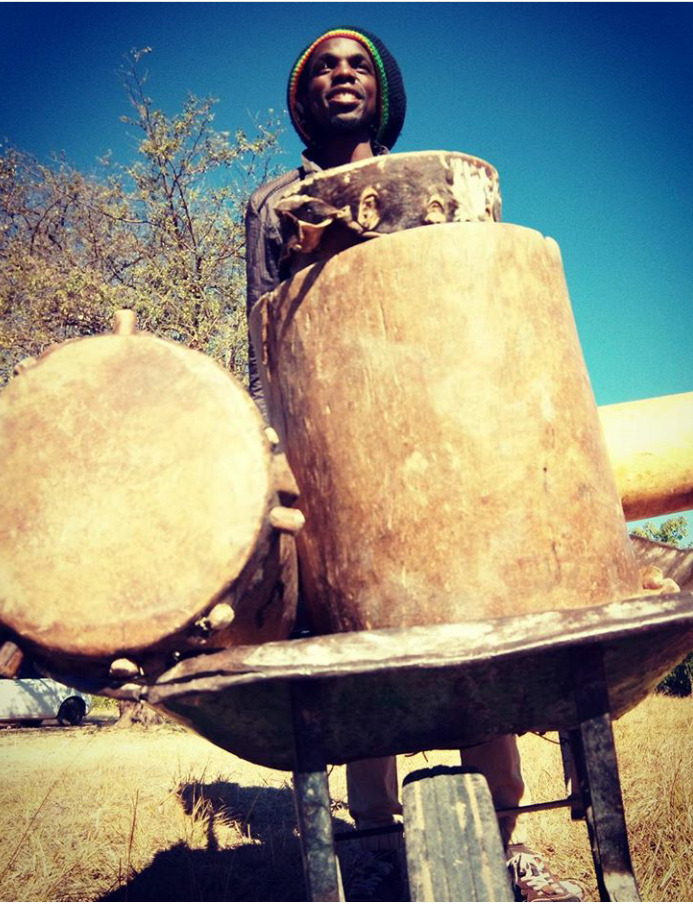
Zimbabwe has a lot of different types of Ngoma Drums and the difference can be in shape, size, material used for construction…
What is Ngoma?
Ngoma is a Bantu drum made from a hallow wood log and an animal hide stretched on the playing surface and held by either wooden Pegs (hoko in Shona) or straps made from animal hide.
In Zimbabwe it carries different names ie Ngoma, iNgungu, isiGubhu, Xigubhu and each ethnic group has its own (note that some ethnic groups may have similar ones) that is made and shaped according to their desires, material available in their region and its use.
Ngoma is also a very spiritual drum as it is used to evoke and summon spirits and it is very sacred in some societies as it is also regarded as an instrument of the mediators.
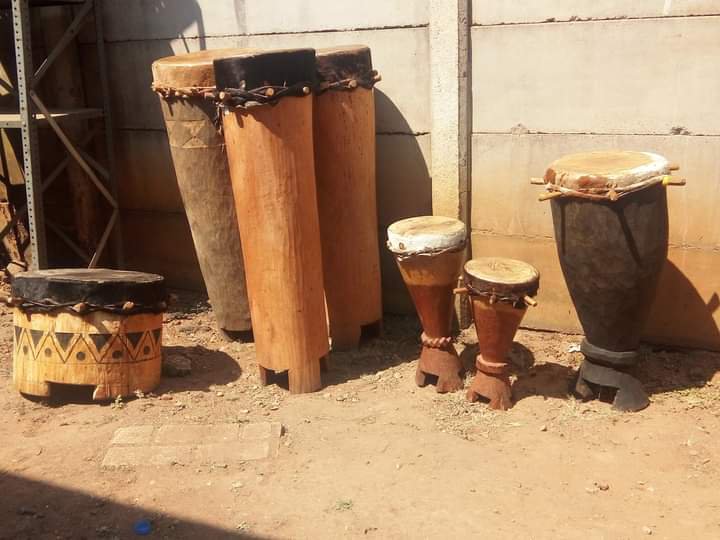
Province, Ethnic Groups in Zimbabwe and the Ngoma they use
Zimbabwe has about 16 languages spoken and a vast number of Ethnic Groups. The most spoken native languages are Ndebele and Shona.
Kalanga Drums
Settled is the South Western part of :
Tjamabhika, Shangana neShumba, and Dukumo/Mandobo
Kalanga drums are played while sitting and can be around 40cm to 70 cm in Height. The playing surfaces differ, Tjamabhika being the one with the widest followed by Shangana neShumba and Dukumo is the smallest. These Drums are also used in Ndebele and Nambya Society.
They are used as accompaniment for dances that include Umdadada, Ihoso/Amabhiza, iHosana , Amajukwa.
The material used for building these drums are wood and hide. The wood can be from light to medium dense of trees like uMphaphapha, uMngomangoma, uMgqogqoqo and the hide is cow hide that is stretched on the playing surface and held by wooden pegs.
Drums of the KaRanga
The largest Ethnic group in Zimbabwe settled in Midlands and Masvingo Provinces. They use drums similar to those of the Kalanga but are mostly two and also incorporate Gandira gong. The difference is the names as the Kalanga are Ndebelised and the KaRanga fell into Shona groups
The KaRanga have dances like Mhande, Bira, Chinyambera, Gozhori, Ngororombe and Jaka. In Mhande, Bira and Shangara/Mbakumba two drums with different pitches are played and the concept of Kutsinhira is used. Gozhori, Ngororombe and Jaka has have more drums mainly four that are played by three players accompanying pen pipes/Ngororombe players, singers and dancers.
The material used for Building KaRanga Ngoma are mainly wood and hide and the Gandira gong has straps or wooden sticks for the player to hold while playing.
Gandira/Indandanda
A frame drum that has a Cow, Goat, Snake or lizard skin stretched on the playing surface and held by either straps or wooden pegs or both.
Gandira is the Shona name and Ndandanda is the Ndebele name and the name Ndanda is also for the music and dance that this drum accompanies (Area like Nkayi, Nyathi, Silobela, Etc)
.
Dandi Drum
The Dandi is the drum from an area in the Zambezi Valley and is played mostly by the Korekore (Zimbabwe), The Budja and Nyungwe (Zimbabwe and Neibouring Mozambique) and the , Sena Tonga,Chikunda of Mozambique.
I will classify the Dandi into two types : the Gorekore and the Budja
In the 20th Century, Gorekore Dandi was also given the name Bhuru bass because of its role as the bass drum in Korekore drum culture and the name bhuru means Bull. Other native names for the Dandi are, Dzvamudzvamu, Dani, Dandanda, Jenje and also called Kwenje in Mutoko, a drum of the Budya/Toko used for sending messages and summon people.
This drum is made from a cylindrical hallow log and a cow hide that is held by wooden pegs.
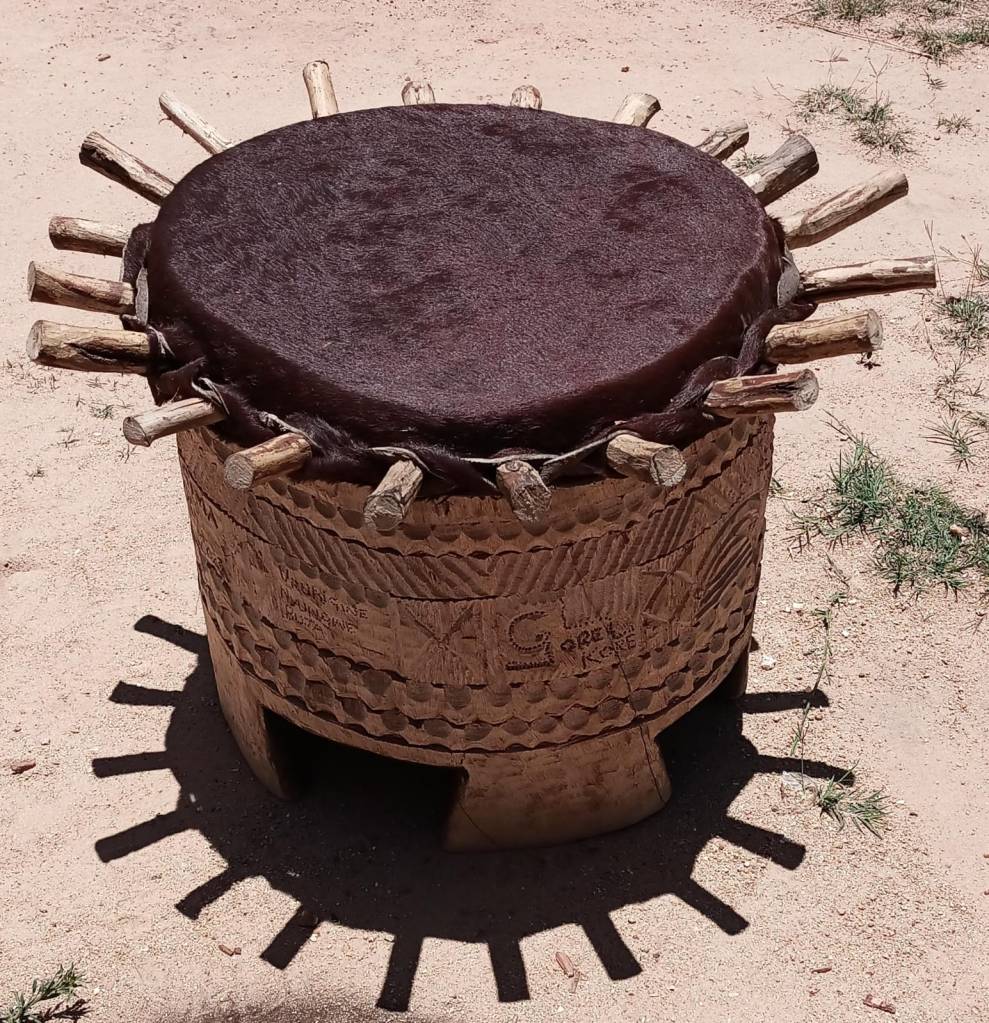
Dandi of the Budya
The Dandi is the bass drum played in the Tsotsa Rain Making music and dance of the Budya.
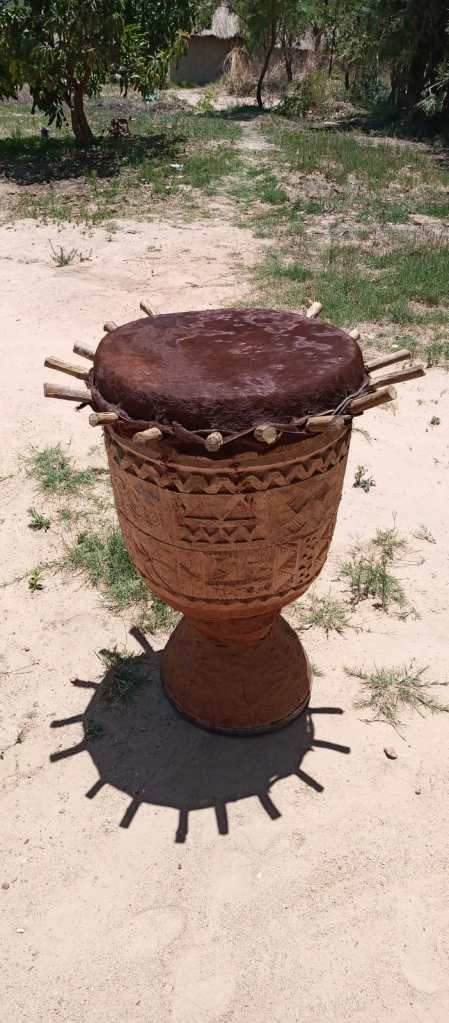
Mhito
The short and high pitched drums of the Korekore of the Zambezi Valley, it is given different names like , Mbanda Mbanda, Nhungiro, Karembera, Kausindi/Tusindi
Mutumba/Mutandarikwa
The tall drums of the Zambezi Valley also common in Zezuru speaking community. It can be from 80 cm and can be even be taller than an ordinary man
Tungwiro
Budja/Toko short and high-pitched drums it’s it is closely related to mhito but has a closed bottom. In Nyungwe and Sena communities is called Tusindi/Kausindi
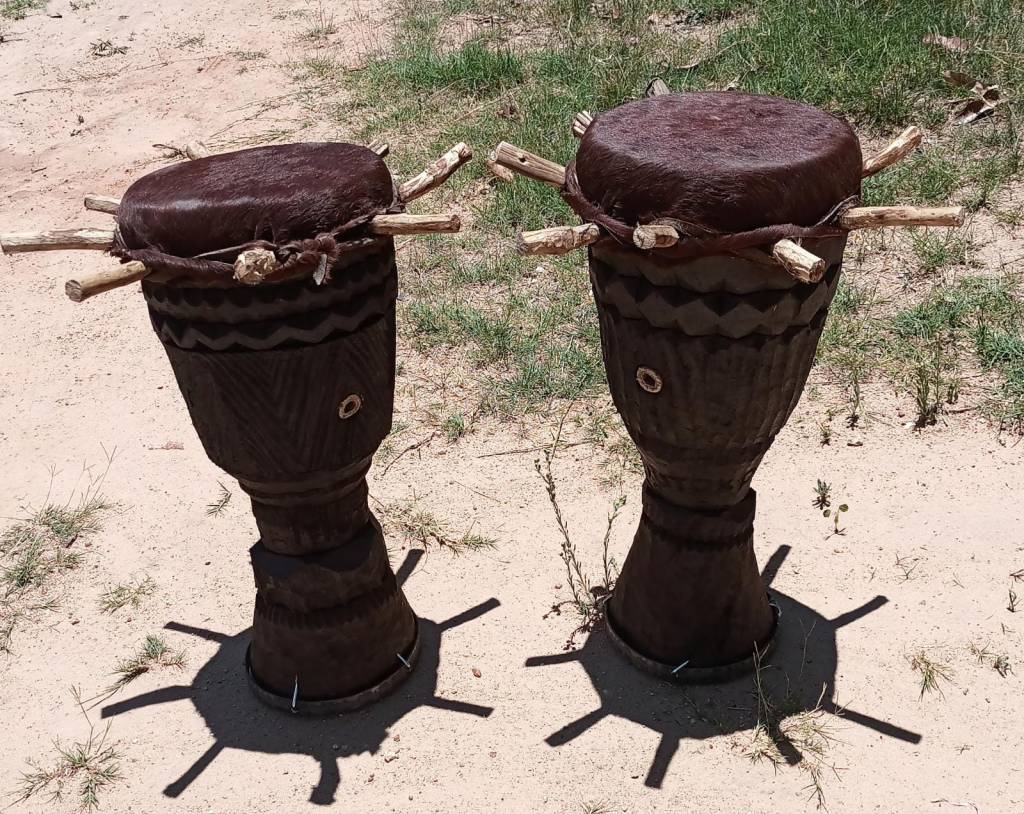
Xigubhu/ isiGubhu
Nguni and Ndau Double headed drums. The drums are common wherever the Nguni/ Ndwandwe/Ngwane/Mthethwa passed or settled when they trekked from the south most Part of Africa. The Ndau of Zimbabwe and Mozambique use these Type of drums in their different Dances. They are cylindrical in shape vary in sizes. Played while lying horizontal
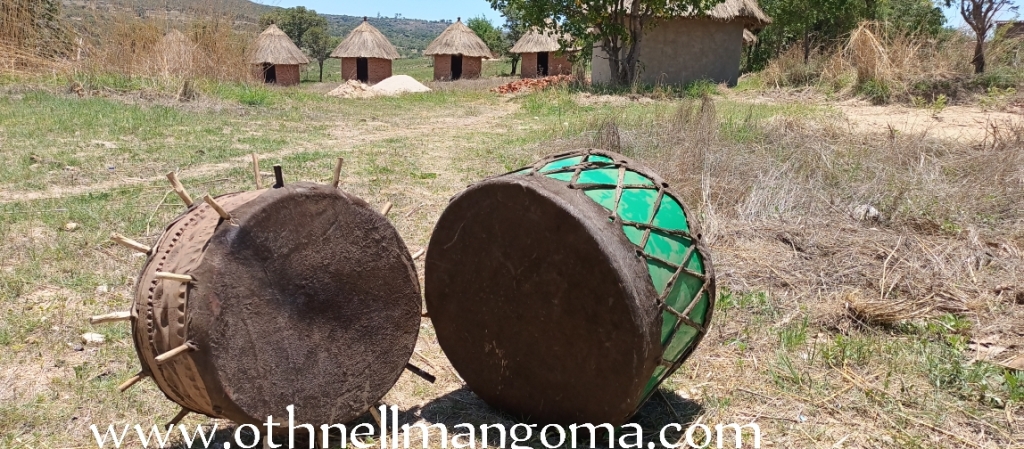
.
Venda Drums
Venda have Pot/Hemispheric and Conical shaped Drums. The name of the drums are Ngoma, Thungwa and Murumba . Ngoma is the bass drum and has a Hemispheric shape and carved from very hard wood. Most Zimbabwean Ngoma drum are hollowed downward the trunk but the hemispheric Venda drums are hallowed across /from the side of the trunk .
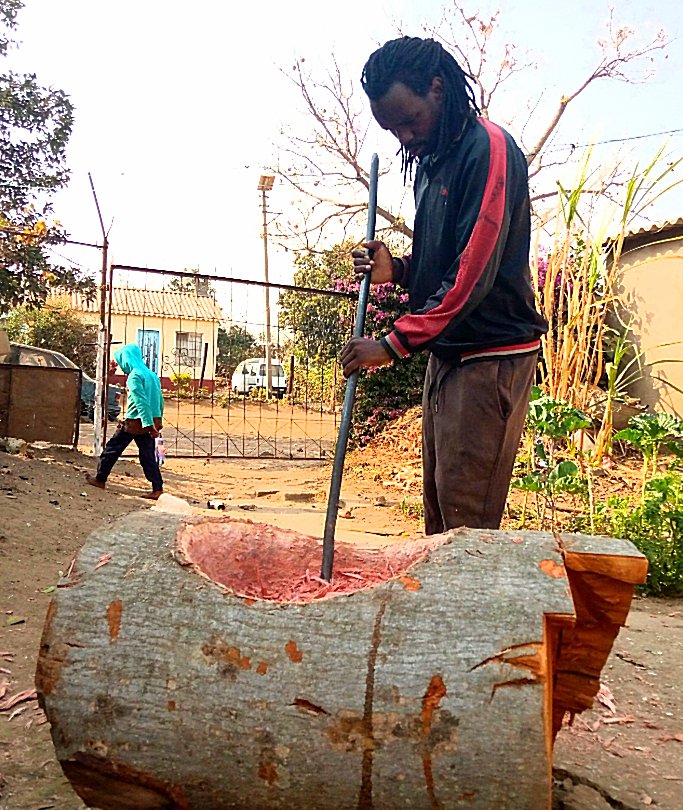
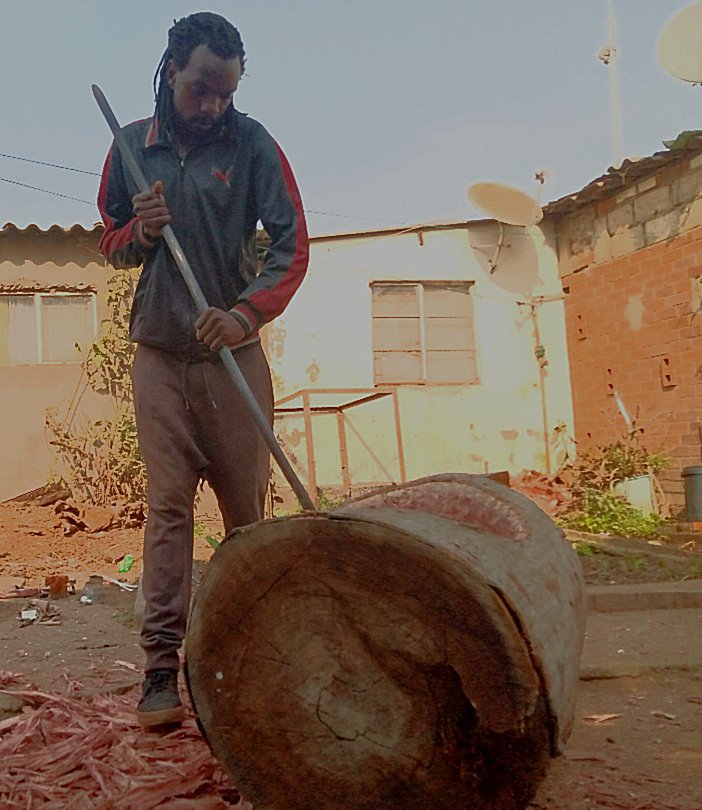
The Thungwa is a smaller sized version of the Ngoma. It is also hemispheric in Shape and played using a stick
The Murumba is a conical shaped drum and hand played while held between the thighs.
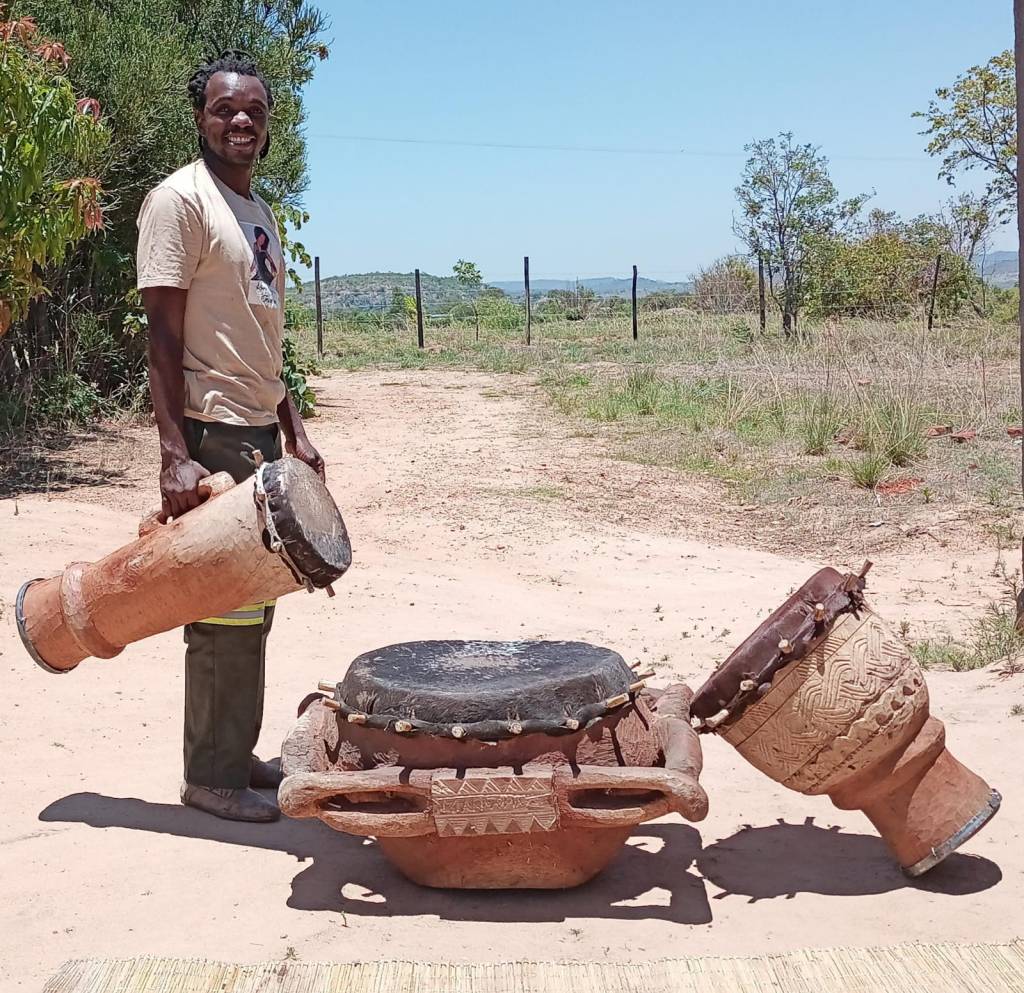
.
.
Your research and info is quite fascinating. I love your passion and have always loved watching you perform Keep going Othnel. Your team alongside you are making a difference in the music world
LikeLiked by 1 person
Thank you so much Jacqui….
LikeLike
Thank you. It’s part one and will add more. The network is the problem and have to rush to type. Will add more drums.
LikeLike
Very informative. Thank you for keeping our culture alive
LikeLike